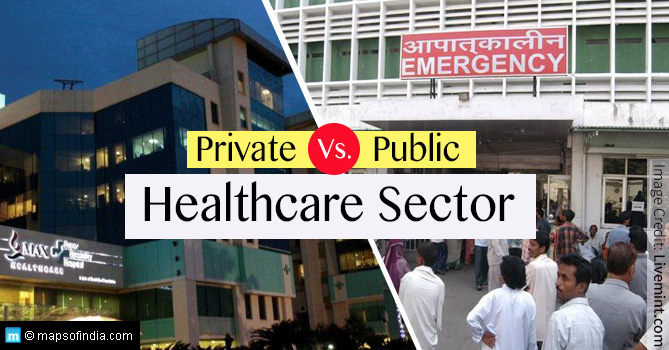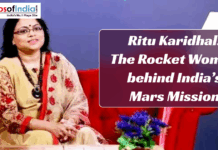With a population of over 1.32 billion, India is well on its way to upstage China as the world’s largest country. Our population is at once our greatest strength and our greatest weakness. If this statement by itself is not clear, consider this. Over half of India’s population is below the age of 25 and about 65 percent of the country’s population under the age of 35. In another 3 years, by the year 2020, the age of an average Indian will be about 29 while the average age of a Chinese will be 37 and the average age of the Japanese will be 48. A young India is great for the industry and the economy but the great Indian middle class is teetering on the brink of a major crisis – a healthcare crisis.
From Outrage to Awareness
Just over a month ago 18 newborn babies died within a span of 24 hours in a well-known public hospital in Ahmedabad. Over 160 children died in a Gorakhpur government hospital in August 2017; 55 children were reported dead in a Nasik government hospital. Numerous such deaths and cases of medical neglect are registered each day in government medical centres and hospitals across the country. Private nursing homes, hospitals, and medical services centres are not much better in terms of their accessibility to the country’s middle class.
A few days ago news reports from the national capital region said that one of the leading hospitals in the region had charged a family a total of INR 18 lakhs for the fortnight-long treatment of a 7-year-old dengue patient. The little girl later died of the disease and the aggrieved parents vented their angst on Social Media. This is not an isolated case. Outrages both in the media and on Social Media have become common but the need of the hour is awareness and action.
Public Spending on Health
India’s public healthcare system is a disaster primarily due to the low funding received by public medical institutions. In fact, among the newly industrialized nations and even among the BRICS countries, India’s per capita spends on health care is dismal. India’s annual per capita spends on healthcare is pegged at about USD 75. Compare this with the per capital expenditure of China (USD 420), that of South Africa (USD 570), Russia (USD 893), and Brazil (USD 947) and the difference is a very stark one. The per capita healthcare expenditure in the UK is USD 4003, in Japan is USD 4150, and in the US is USD 9451.
If these figures are not quite enough to reveal the sad state of healthcare in the country, let us see what the government spends. In India, private healthcare services cost about 800 percent the expenditure a patient is likely to incur in a public hospital or medical centre. Despite this, people across rural and urban sectors prefer to seek out private practitioners and medical services. Private spending on health care is about 70 percent of the total expenditure and the government has nearly frozen its healthcare spending. As a nation, we are very far from social security and state-sponsored medical aid but the mounting charges may well make quality healthcare unaffordable for most Indians.
Further Privatisation
In August 2017, the NITI Aayog had further decided to privatize medical facilities and hospitals in Tier I and Tier II cities. This will allow the hospitals to charge the patients for all treatments not covered by government health schemes. As of 2013-14, estimates peg total expenditure on private hospitals at INR 64,628 crore vis-a-vis an expenditure of INR 8,193 crore on government hospitals. This is set to go up drastically. The ultimate sufferer is the common man. With cardiac and pulmonary diseases, cancers, and lifestyle diseases on the rise, treatment and medication will become unaffordable for the middle and lower income groups.
It is high time the Indian government revises its outlook on medical and healthcare expenses. The introduction of Obamacare in the US had brought in a great deal of relief for the people of the country. Even as the Trump administration is set to repeal Obamacare, the people of the country are up in arms against the new proposed regulations. India too is in urgent need of some such serious healthcare provisions which will give its people a relief from undue medical expenses. Even as the country is promoting itself as an international medical tourism destination, the citizens of the country must not suffer from a lack of access to medical facilities.






